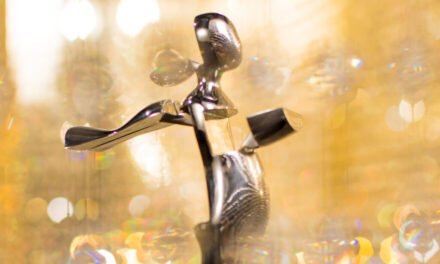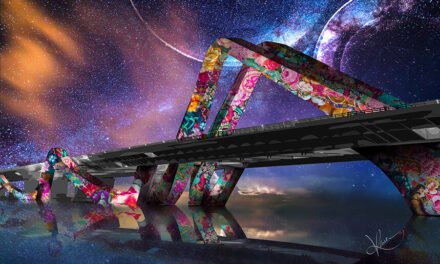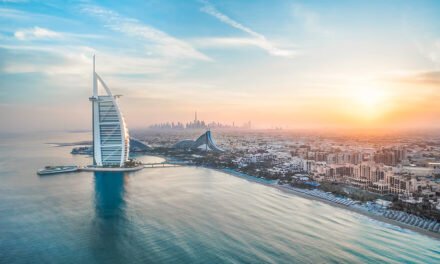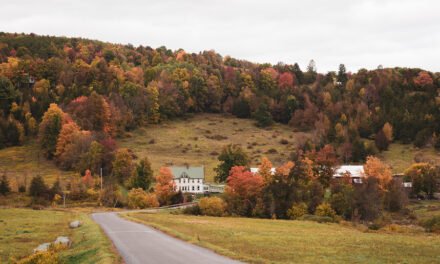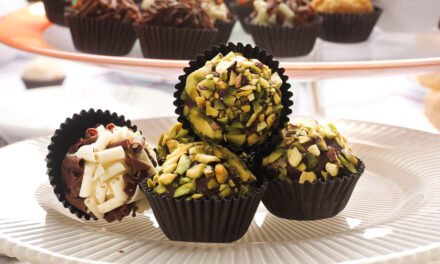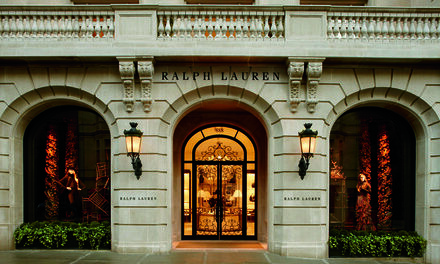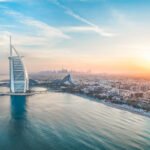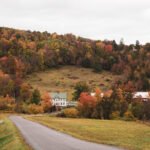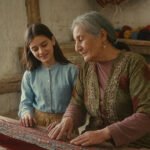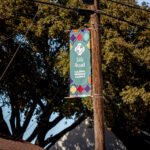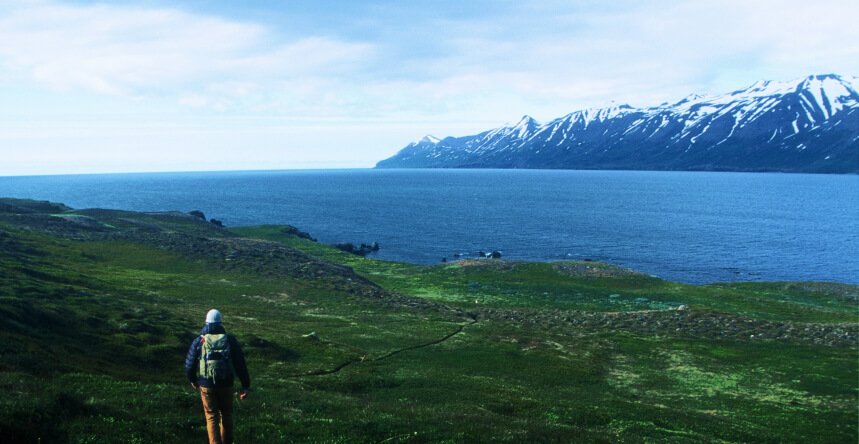
Credit: Chuck Graham
From the seat of my Icelandair flight
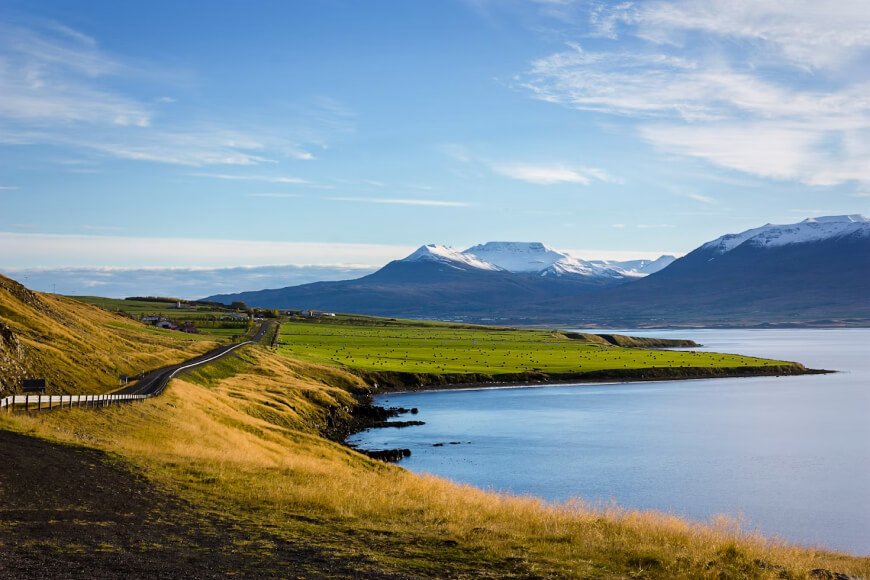
This is the main highway circling Iceland’s majestic beauty. Credit: Josh Reid
I was anxious to land and begin exploring Iceland’s many natural wonders. The rugged, windswept isle had come into view as I peered wide-eyed out my window seat. I had Atlantic puffins and burly waterfalls on the brain, but I was also anticipating Icelandic horses, glacier-fed lagoons, deserted beaches, and plenty of geothermal activity in frigid, far-flung landscapes and deeply stunning, windswept fjords.
Not that I had anything against Iceland’s capital, but I also knew it was going to be sensory overload everywhere I traveled to beyond the magnificent city of Reykjavik. It was approaching late June, the sun barely setting on the Icelandic horizon. Sleep was going to be a luxury.
Islands off Iceland

The sheer power of the cascading water. Credit: Chuck Graham
After picking up a few propane cannisters and other provisions for my car-camping excursion, I began my month-long odyssey around Iceland. I didn’t waste any time, going from one island to the next. The Vestmannaeyjar Islands, located off the southern fringe of Iceland, was only a 35-minute ferry ride out to Heimaey Island, one of 18 burly isles in the chain, and the only one inhabited with about 4,300 residents.
I glamped in the barrel cabins, thebetterbeyond.com, situated in an extinct, brilliant green caldera. The hobbit lifestyle was alive and well inside the caldera, and the cabins were also near the shimmering ocean. From there I visited the award-winning Eldheimar Volcano Museum. Back in 1973, the Icelandic eruption decimated several hundred homes. One of the homes that was buried in volcanic ash was excavated, and the museum was built in and around what was left of the home. It was an excellent and unique experience, but it was also a little eerie walking through gutted, burned-out rooms. Audio was also available in several languages at each exhibit within the museum, eldheimar.is
Returning to the heart of Heimaey, I had a delicious dinner in the old shipyard at Slippurinn Restaurant. slippurinn.com It was a savory, farm-to-table meal with a mix of local ingredients. I had the cod that is caught off the surrounding waters of the islands, and their herbs and edible flowers are grown just outside the restaurant. Their homemade rye bread was a real topper lathered in butter and sprinkled with sea salt.
It was 9 pm, but the Arctic sun felt like midday. Heimaey was already asleep, but I needed a hike, and there was a scenic ramble nearby. Heimaklttur (Home Rock) is a favorite among residents and tourists alike. It’s only 1.1-miles round-trip but it was steep and rocky. There was a series of ladders and chains to climb up and hold onto for the more challenging sections, but incredible views awaited. Better yet, I had the whole massive rock outcropping to myself. The rest of the Vestmannaeyjar chain came into view, as did southern Iceland, a few photogenic puffins, and slumbering Heimay.
Water All Around

Seljalandsfoss Waterfall, Iceland. Credit: Robert Lukeman
I didn’t go very far in any one direction in Iceland without being near some kind of water source, and the Jokulsarlon Glacier Lagoon was one of many pit-stops I made during my month-long sojourn. I jumped on a guided kayak tour with adventure.is, and paddled the iceberg-filled lagoon.
Drysuits were required, and that was a good thing because the water was a chilly yet refreshing 38 degrees. However, the paddling conditions were sublime. There wasn’t a wisp of wind. The water was a brilliant emerald green, as me and several participants easily paddled in between icebergs in various shapes and sizes. We even landed with our guide on top of one of the icebergs near the backend of the lagoon where the expanse of the calving glacier dwarfed all the smiling paddlers.
Afterwards, I continued toward two of Southern Iceland’s many iconic waterfalls. Yes, they are well-known and popular, but there was no way I could drive past Seljalandsfoss and Skogafoss. Sure, there are lots of waterfalls throughout Iceland, but the sheer volume of water cascading from these two waterfalls couldn’t be missed. I stayed way back and enjoyed both waterfalls from afar. The perspective of travelers standing near the base of the two waterfalls greatly enhanced the perspective and the girth of each torrent. Landscapes in Iceland were so grand, and with visitors standing near the base of each cataract was one of the best perspectives I witnessed in Iceland.
Akureyri
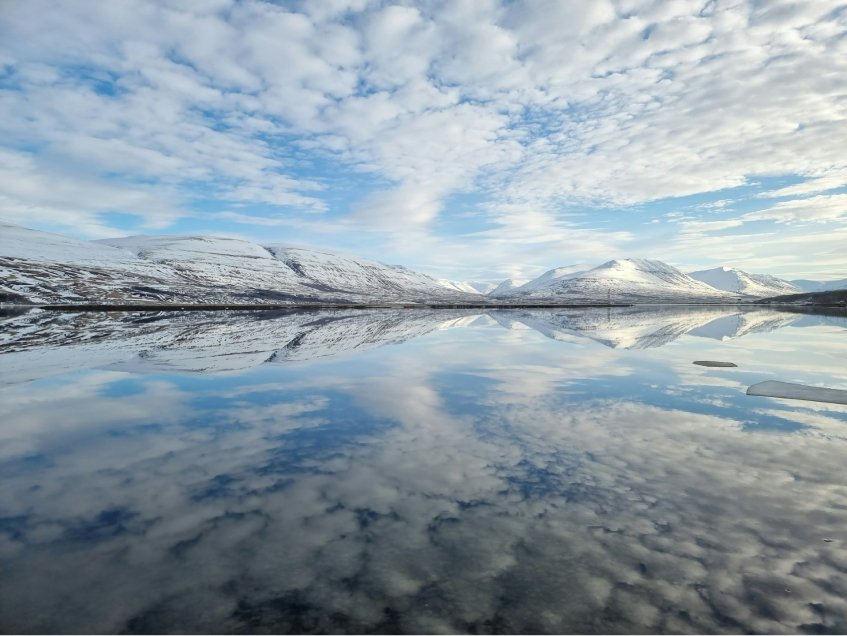
A clear and beautiful winters day in Akureyri, Iceland. Credit: Sigurdur Fjalar Jonsson
It’s the second largest city in Iceland, located in the far north of the volcanic isle. After car camping on the east side of a deep fjord northeast of Akureyki, I drove west to the other side and caught a ferry out to Hrisey Island. I was on foot and walked the entire island. It’s a small, friendly community on the windswept isle. I camped within town and walked the few streets before being invited for dinner into a stranger’s home. It turned out this welcoming couple served dinner to travelers in their house with stupendous views of the deep fjord. Fresh vegetables preceded delicious fish soup; the hot broth tasted so good after disembarking the ferry and the frigid fjord.
I shared with the couple my love for birding and bird photography, and while we ate, they brought out several of their favorite bird books from Iceland. Then they pointed me in the right direction to explore another part of the island known for its active Arctic tern and whimbrel colonies. After stopping off at my tent, I strolled over to where the nesting seabirds were and enjoyed the many baby birds in the trails and nestled beneath Icelandic flora, their downy feathers helping to keep them warm. Every time I stopped to watch them, the frigid winds blowing off the fjord cut right through me.
A lot of the chicks that weren’t with their parents hunkered down out of harm’s way. There were parasitic jaegers around, waiting for something to stir. The bold parents divebombed the preying seabirds, attempting to drive them away from their fuzzy chicks. While watching the wildlife spectacle, I also marveled at where I was. The Icelandic landscape was so grand, colorful, and intimidating. The seabird chicks didn’t realize how massive the Icelandic grandeur was. Their lives were all about survival in such a harsh, frigid environment, as I returned to my tent and a warm sleeping bag.
The beaches north and south of the Latrabarg Cliffs are like no other. I had my pick of red, pink and black sand beaches. But one of the coolest things I saw was this young family of five backpacking past me on the cliffs. They were going to camp on one of those southerly beaches. The three kids ranging in ages eight-to-12-years-old all had their backpacks fully loaded for a two-night, three-day trek. I’m sure it’s a moment they would never forget.
There’s a lot of significance surrounding the cliffs. They represent the westernmost region of Iceland, and all of Europe. It’s also really seabird centric. It’s a massive condominium for nesting Atlantic puffins, kittiwakes, northern fulmars, and common guillemots. Over the next three nights I spent all night on those cliffs from 9 pm to 4 am. I hardly saw anyone out there as all these birds flew in off the ocean to tend to their nests tucked away in those sheer cliffs.
Latrabarg Cliffs
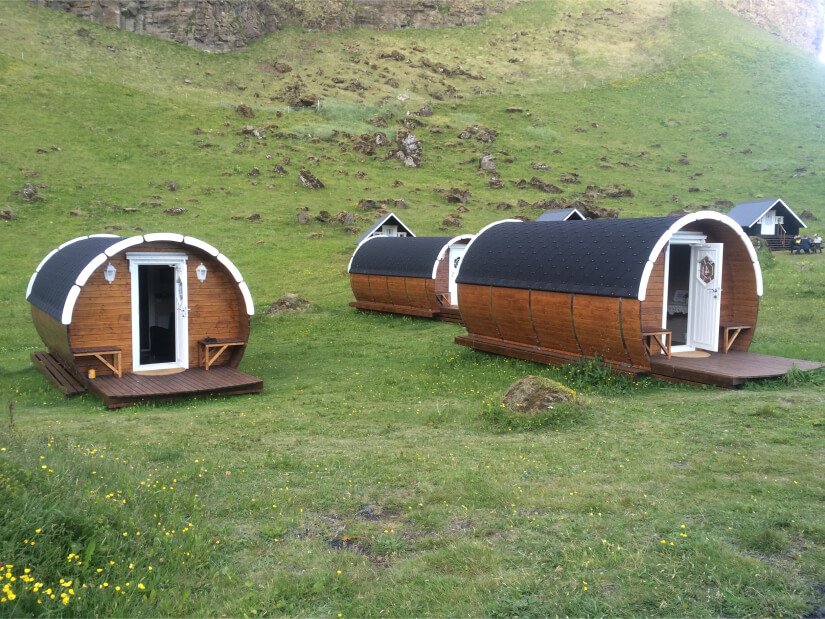
These charming barrel-shaped cabins offer a unique and cozy stay. Credit: Chuck Graham
It was frenetic around those sheer, daunting cliffs. First, I secured a campsite in Breidavik that overlooked one of Iceland’s most stunning beaches. Then I just relaxed and took in my immediate surroundings. It was beautiful there and I slowly soaked in the grandiose Icelandic landscape. There was a lodge with a bar, and there was a church. Other than that, natural wonders were everywhere I looked.
The beaches north and south of the Latrabarg Cliffs are like no other. I had my pick of red, pink and black sand beaches. But one of the coolest things I saw was this young family of five backpacking past me on the cliffs. They were going to camp on one of those southerly beaches. The three kids ranging in ages eight-to-12-years-old all had their backpacks fully loaded for a two-night, three-day trek. I’m sure it’s a moment they would never forget.
There’s a lot of significance surrounding the cliffs. They represent the westernmost region of Iceland, and all of Europe. It’s also really seabird centric. It’s a massive condominium for nesting Atlantic puffins, kittiwakes, northern fulmars, and common guillemots. Over the next three nights I spent all night on those cliffs from 9 pm to 4 am. I hardly saw anyone out there as all these birds flew in off the ocean to tend to their nests tucked away in those sheer cliffs.
Returning to Reykjavik
Iceland delivered in so many ways. As I drove back to Reykjavík, in my mind I replayed my favorite moments. It boiled down to those icy winds, that thick, salty air, those stellar, endless Arctic horizons, calving glaciers, and spewing waterfalls. It was Mother Earth continuously expressing herself on an island whose natural wonders never rests.
Icelandic Options

